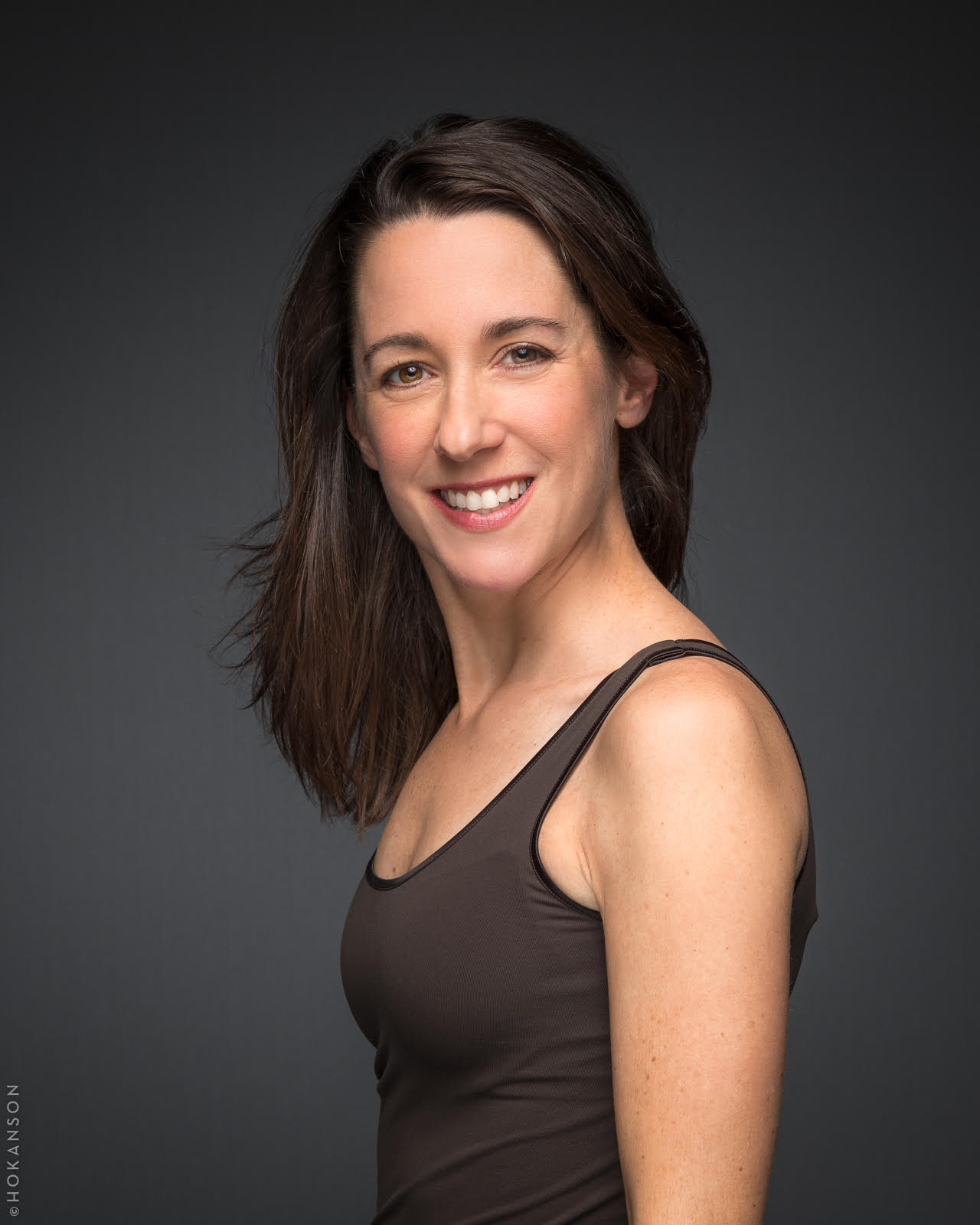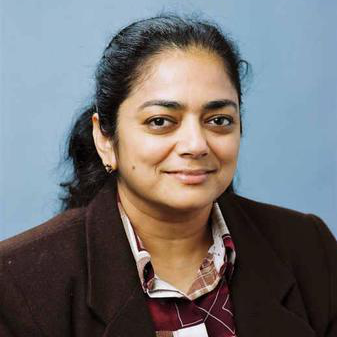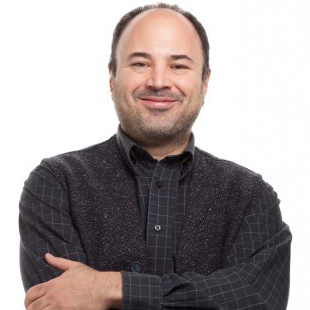About
Conceived and directed by Melanie Aceto, dancer, choreographer and associate professor at the University at Buffalo, Choreographic Lineage seeks to document, preserve and make accessible 20th and 21st century dance lineage in order to make possible the investigation of artistic influences, choreographic connections, career paths and myriad, as of yet undetected relationships, associations and lineages.
Currently, dance lineage, who a dance artist studied with, danced for, collaborated with and was influenced by, is buried within books and documentaries that exist on only a few dance artists or in the memories of artists themselves. Artists’ biographies typically detail where their work has been presented and the awards they’ve won, but not their lineage.
Melanie was interested in finding a way to capture dance lineage and make it easily accessible. So…..
In the Spring of 2010 Melanie began working with Renee Ruffino, Creative Design Director for the University at Buffalo’s College of Arts and Sciences and Domenic Licata, Instructional Support Technician in the department of Visual Studies at the University at Buffalo (UB), to develop an illustration and mock-up of the idea of Choreographic Lineage.
In May of 2011 Melanie hosted a focus group to see if this idea had merit. The focus group participants included Monica Bill Barnes, nationally recognized choreographer, Libby Smigel, Executive Director, Dance Heritage Coalition, Sara Schwabacher, American Dance Legacy Institute, Maura Keefe, Jacob’s Pillow Dance Scholar, Domenic Licata, Instructional Technology Consultant, Jeff Good, UB Assistant Professor of Linguistics, Laura Neese, UB dance major, Mark Ludwig, UB Libraries Systems Manager, and Renee Ruffino, Graphic Designer, Choreographic Lineage. Melanie was encouraged to move forward with this idea and began to slowly make progress.
Artists’ lineage was initially collected through an excel form and Gephi was adopted as a visualization software. In 2013 Dr. Bina Ramamurthy, a computer scientist at UB joined the project. Through internal funding from the University at Buffalo throughout the 2013/2014 and 2014/2015 academic years, Aceto, Ramamurthy and a team of UB computer science graduate students developed a working prototype. The prototype included a lineage data collection form on formassembly(.com) (commercial software) that was stored in a simple text file and had the ability to make primary visualizations utilizing Gephi software, based on a modest sample of a little more than 30 artists’ lineage.
The project continued to be developed by graduate student teams over the next few years. The focus was on creating a stable lineage (data) contribution form, a website to house it, and a searchable database. In an effort to be able to search for date related connections between artists, the lineage contribution form initially included date data for each relationship; the year/month and duration of the lineal relationship. However, creating this level of detail with ever-changing student teams proved too challenging, so we shifted to focusing just on the who, not the when.
In September of 2018 Choreographic Lineage joined the Invent/Invest Network at UB (https://invenst.cse.buffalo.edu/). Professor Alan Hunt in UB Computer Science and Engineering began began working as project manager, closely mentoring the graduate student teams. Through his mentorship, the lineage contribution form, website and lineage visualization have been developed into a working platform. Currently the tech stack is PHP, the database is MySQL and the data visualization is vis.js.
Part social network and part archive, Choreographic Lineage collects, preserves, analyzes, and makes accessible dance lineage: who dancers have studied under, danced in the work of, collaborated with and have been influenced by. Choreographic Lineage is intended as a global resource for investigating artistic influences, career paths, choreographic connections, and complex and obscure relationships. A broader goal of the project is to develop a template that can be utilized in other disciplines, from music to physics, to capture their own lineage.
Intended Applications: Dance scholars can trace the migration of dance techniques and styles from teacher to student and from choreographer to dancer. Dance researchers will be able to access a choreographer’s teachers as well as students they taught revealing artistic connections in both directions. Choreographic Lineage illuminates shared influences. The work of several choreographers may have similarities due to studying with or dancing for the same teacher or choreographer, and Choreographic Lineage would reveal this connection. Dance students unable to study with a choreographer abroad can find a national choreographer to study with who danced for that abroad choreographer, and has a similar style. Dance audiences can easily educate themselves by investigating connections among the work they like. If someone liked the work of Pilobolus and knows, by resourcing Choreographic Lineage, that Moses Pendleton used to dance for Pilobolus, they are more likely to attend performances by Pendleton’s company, MOMIX, too. Dance educators can further their study of a particular dance technique, genre or style by seeking out teachers who have danced for and studied with artists in that lineage.
Choreographic Lineage not only includes information about dancers and choreographers, but the composers, designers, writers and artists with whom they have collaborated and therefore is intrinsically connected to contemporaneous movements in these other disciplines. The evolution of dance is not isolated from, but integral and parallel to the evolution of the other arts.
Hopes for the Future: An understanding of where dance came from, and where it is going is vital for the evolution of the art form. Choreographic Lineage is a resource, an archive, a history book, a directory, and a network. Choreographic Lineage provides an ever-expanding resource for the dance field and a growing historical document as future generations of choreographers contribute their lineage.
Currently, dance lineage, who a dance artist studied with, danced for, collaborated with and was influenced by, is buried within books and documentaries that exist on only a few dance artists or in the memories of artists themselves. Artists’ biographies typically detail where their work has been presented and the awards they’ve won, but not their lineage.
Melanie was interested in finding a way to capture dance lineage and make it easily accessible. So…..
In the Spring of 2010 Melanie began working with Renee Ruffino, Creative Design Director for the University at Buffalo’s College of Arts and Sciences and Domenic Licata, Instructional Support Technician in the department of Visual Studies at the University at Buffalo (UB), to develop an illustration and mock-up of the idea of Choreographic Lineage.
In May of 2011 Melanie hosted a focus group to see if this idea had merit. The focus group participants included Monica Bill Barnes, nationally recognized choreographer, Libby Smigel, Executive Director, Dance Heritage Coalition, Sara Schwabacher, American Dance Legacy Institute, Maura Keefe, Jacob’s Pillow Dance Scholar, Domenic Licata, Instructional Technology Consultant, Jeff Good, UB Assistant Professor of Linguistics, Laura Neese, UB dance major, Mark Ludwig, UB Libraries Systems Manager, and Renee Ruffino, Graphic Designer, Choreographic Lineage. Melanie was encouraged to move forward with this idea and began to slowly make progress.
Artists’ lineage was initially collected through an excel form and Gephi was adopted as a visualization software. In 2013 Dr. Bina Ramamurthy, a computer scientist at UB joined the project. Through internal funding from the University at Buffalo throughout the 2013/2014 and 2014/2015 academic years, Aceto, Ramamurthy and a team of UB computer science graduate students developed a working prototype. The prototype included a lineage data collection form on formassembly(.com) (commercial software) that was stored in a simple text file and had the ability to make primary visualizations utilizing Gephi software, based on a modest sample of a little more than 30 artists’ lineage.
The project continued to be developed by graduate student teams over the next few years. The focus was on creating a stable lineage (data) contribution form, a website to house it, and a searchable database. In an effort to be able to search for date related connections between artists, the lineage contribution form initially included date data for each relationship; the year/month and duration of the lineal relationship. However, creating this level of detail with ever-changing student teams proved too challenging, so we shifted to focusing just on the who, not the when.
In September of 2018 Choreographic Lineage joined the Invent/Invest Network at UB (https://invenst.cse.buffalo.edu/). Professor Alan Hunt in UB Computer Science and Engineering began began working as project manager, closely mentoring the graduate student teams. Through his mentorship, the lineage contribution form, website and lineage visualization have been developed into a working platform. Currently the tech stack is PHP, the database is MySQL and the data visualization is vis.js.
Part social network and part archive, Choreographic Lineage collects, preserves, analyzes, and makes accessible dance lineage: who dancers have studied under, danced in the work of, collaborated with and have been influenced by. Choreographic Lineage is intended as a global resource for investigating artistic influences, career paths, choreographic connections, and complex and obscure relationships. A broader goal of the project is to develop a template that can be utilized in other disciplines, from music to physics, to capture their own lineage.
Intended Applications: Dance scholars can trace the migration of dance techniques and styles from teacher to student and from choreographer to dancer. Dance researchers will be able to access a choreographer’s teachers as well as students they taught revealing artistic connections in both directions. Choreographic Lineage illuminates shared influences. The work of several choreographers may have similarities due to studying with or dancing for the same teacher or choreographer, and Choreographic Lineage would reveal this connection. Dance students unable to study with a choreographer abroad can find a national choreographer to study with who danced for that abroad choreographer, and has a similar style. Dance audiences can easily educate themselves by investigating connections among the work they like. If someone liked the work of Pilobolus and knows, by resourcing Choreographic Lineage, that Moses Pendleton used to dance for Pilobolus, they are more likely to attend performances by Pendleton’s company, MOMIX, too. Dance educators can further their study of a particular dance technique, genre or style by seeking out teachers who have danced for and studied with artists in that lineage.
Choreographic Lineage not only includes information about dancers and choreographers, but the composers, designers, writers and artists with whom they have collaborated and therefore is intrinsically connected to contemporaneous movements in these other disciplines. The evolution of dance is not isolated from, but integral and parallel to the evolution of the other arts.
Hopes for the Future: An understanding of where dance came from, and where it is going is vital for the evolution of the art form. Choreographic Lineage is a resource, an archive, a history book, a directory, and a network. Choreographic Lineage provides an ever-expanding resource for the dance field and a growing historical document as future generations of choreographers contribute their lineage.




